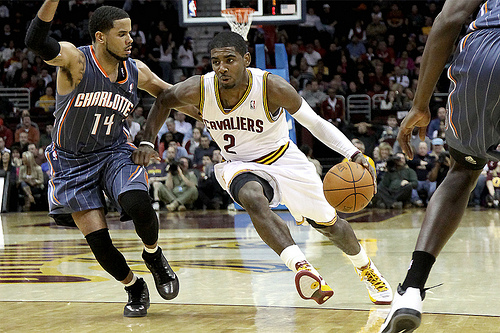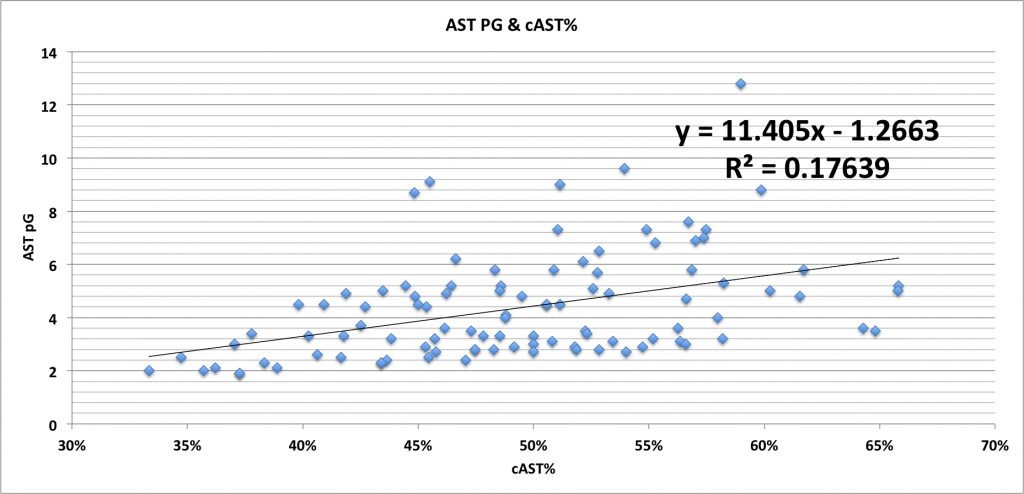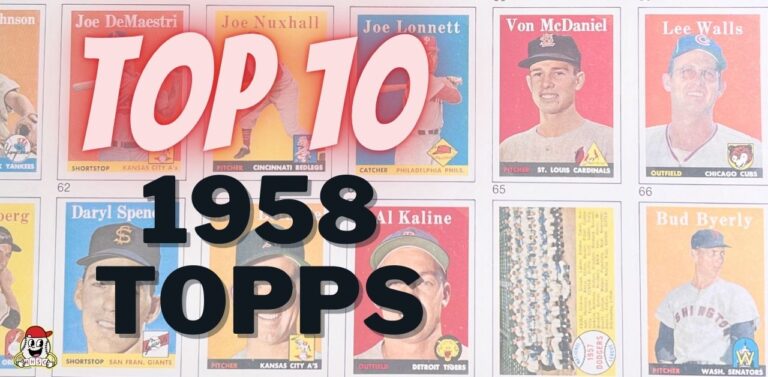This article will look at the implications of the new SportVU stats that the NBA has released to the public, and will apply the limited data we have from SportVU to look at the sustainability of assist totals for players this year (SportVU data in this post has been taken up to 11/19). First off, …
SportVU: 100 Players’ Future Assist Totals
This article will look at the implications of the new SportVU stats that the NBA has released to the public, and will apply the limited data we have from SportVU to look at the sustainability of assist totals for players this year (SportVU data in this post has been taken up to 11/19).
First off, let me say that the SportVU data is remarkable, and if you haven’t seen it yet, you should check it out. What is even more remarkable is that the NBA, unlike other professional sports leagues, has chosen to embrace the analytic movement, and display the most advanced information the league has to offer on their own league website.
Unlike the MLB and NFL, where advanced analysis lives in a far off corner of the Internet, the NBA has chosen give voice to progressive thought and new perspectives. Kudos NBA.
Enough on that.
The main purpose of this article is to look at one metric in a particular that SportVU has produced: assist opportunities per game.
Assist opportunities per game (AOPG) is defined as “Potential assists: Passes by a player to a teammate in which the teammate attempts a shot, and if made, would be an assist.” AOPG allows for a better idea of a player’s true talent when it comes to his play-making ability. Not all players have the opportunity to be on the Heat who shoot 52% from the field, which allows their players to rack up assist totals, as opposed to Kyrie Irving’s Cavaliers, who have a 41 FG% this year.

When I first saw the AOPG stat, my first thought wasn’t “who creates the most assist opportunities per game?” No, it was, “which player has the highest percent of their assist opportunities converted to assists?” This reaction probably has to do with a Fantasy Basketball perspective, but it helped me find a valuable insight.
Below are the players that convert the highest percent of their assist opportunities into assists (cAST%):
[table id=19 /]
Once I calculated the value of cAST, I thought I would look to see if there is a correlation between the amount of assist opportunities a player has converted into assists (cAST%) and the actual amount of assists a player has per-game.
This is what I found:

Not surprisingly, there is a strong correlation (.42) between cAST% and the actual amount of assists a player gets. Think about it, the more assist opportunities a player has converted into assists, the more assists they will get.
What good is this information? Knowing that there is correlation between cAST% and assists per game, we can regress the amount of assists a player has per game with the amount of assists per game his cAST% suggests he should have. This can give us a more realistic depiction of the assist totals a player will average per-game going forward.
Here are the definitions for what is in the graph below (group includes top 100 players in AOPG):
- cAST%: Amount of assist opportunities a player has converted to assists
- AST PG: Amount of assists a player averages per game
- xAST PG: Amount of assists per game his cAST% suggests he should have
- xAST=(11.405*cAST%) – 1.2663
- rAST: Amount of assists per game a player gets, regressed with his xAST
- rAST=((xAST-AST PG)*0.17639)+AST PG
- DIFF: The difference between a player’s AST PG and his rAST
[table id=20 /]
Implications
This list gives a more realistic idea of what a player’s per game assist total over the course of the season will be; Chris Paul is good, but close to thirteen assists per game is a little more than unsustainable.
More importantly, this list gives us an idea of the type of insight that may be gleaned from the SportVU technology. The calculations done in this post must be held in perspective because of their sample size, but three years from now, when we have multiple seasons worth of data, there will large enough data sets to allow for insights into the NBA that never seemed possible.
Devin Jordan is obsessed with statistical analysis, non-fiction literature, and electronic music. If you enjoyed reading him, follow him on Twitter @devinjjordan.









Comments
Chief Markief
thanks
Anthony
Really interesting to see what you can do with the SportsVU data. However, do you think this data is useful for projecting future production? The CP3 differential between actual and regressed assist totals is about 1 assist per game, which doesn’t strike me as too much of a difference in future production.